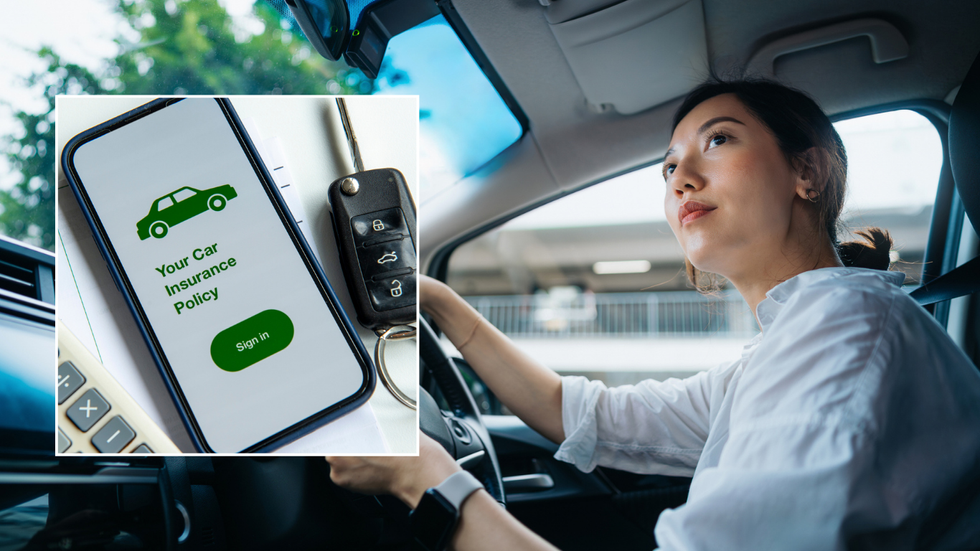



Two in five drivers have been exploring telematics-based car insurance as a potential solution to rising household expenses.
The technology, commonly referred to as "black box" insurance, has been found to deliver substantial financial relief during the current economic squeeze.
Analysis across multiple insurance providers indicated that telematics policies typically cost 20 per cent less than conventional comprehensive coverage for new motorists.
The savings can be even more significant in some cases, with certain policies offering reductions of up to 34 per cent compared to standard options.

Drivers can save as much as 34 per cent on car insurance through telematics
|GETTY
The findings emerge from a comprehensive study which examined consumer attitudes and understanding of telematics insurance.
Research revealed growing interest in the technology as households seek ways to reduce their motoring outgoings.
The investigation revealed numerous misconceptions about how telematics insurance operates, with many motorists incorrectly assuming the technology imposes severe driving restrictions.
The survey data showed that 11 per cent of respondents wrongly believe the system restricts which roads they can use, while 10 per cent think it prevents driving during specific hours.

Insurers have urged drivers to consider black boxes as part of car insurance cover to help save 20 per cent
| GETTYA further 14 per cent of those surveyed mistakenly assume that exceeding their stated mileage would render their policy invalid.
Seven per cent of participants believe the technology monitors whether drivers play music in their vehicles. Additionally, six per cent think telematics policies prohibit carrying passengers under 25 years of age, demonstrating significant confusion about the actual functionality of these monitoring devices.
Experts explained that the telematics system functions by monitoring driving behaviours, including speed, braking patterns, acceleration habits and mobile phone usage while behind the wheel.
Drivers receive scores based on these metrics, with safer motorists benefiting from reduced premiums and potential rewards, while those demonstrating risky behaviours face higher costs.
Despite these straightforward parameters, the research exposed widespread confusion about the technology's capabilities.
The misconceptions range from practical concerns about road access and time restrictions to more peculiar beliefs about passenger limitations and audio monitoring.
These misunderstandings appear to be deterring some motorists from considering a switch to telematics policies, potentially causing them to miss out on significant savings during the cost of living crisis across the UK.
Jennifer Hammond, Head of Brand and Marketing at Hastings Direct, commented: "Telematics insurance can be useful for drivers to prove they can drive safely, and it's great to see older drivers exploring this as an option for their insurance policy.

Drivers can decrease premiums by installing a telematics box in their vehicles
| GETTY"As the cost of living continues to rise, it's interesting that more motorists are considering telematics insurance to help save money on their car insurance."
The data revealed intriguing patterns across different age brackets, with drivers aged 35 to 44 showing the strongest inclination towards adopting telematics technology.
A further 40 per cent of this demographic indicated they would consider switching to black box insurance for financial benefits. This contrasts sharply with younger motorists, where only six per cent of 18 to 24-year-olds currently use telematics systems.
Drivers over the age of 55 showed similar levels of interest, with almost one-third of those over 65 indicating potential adoption.
